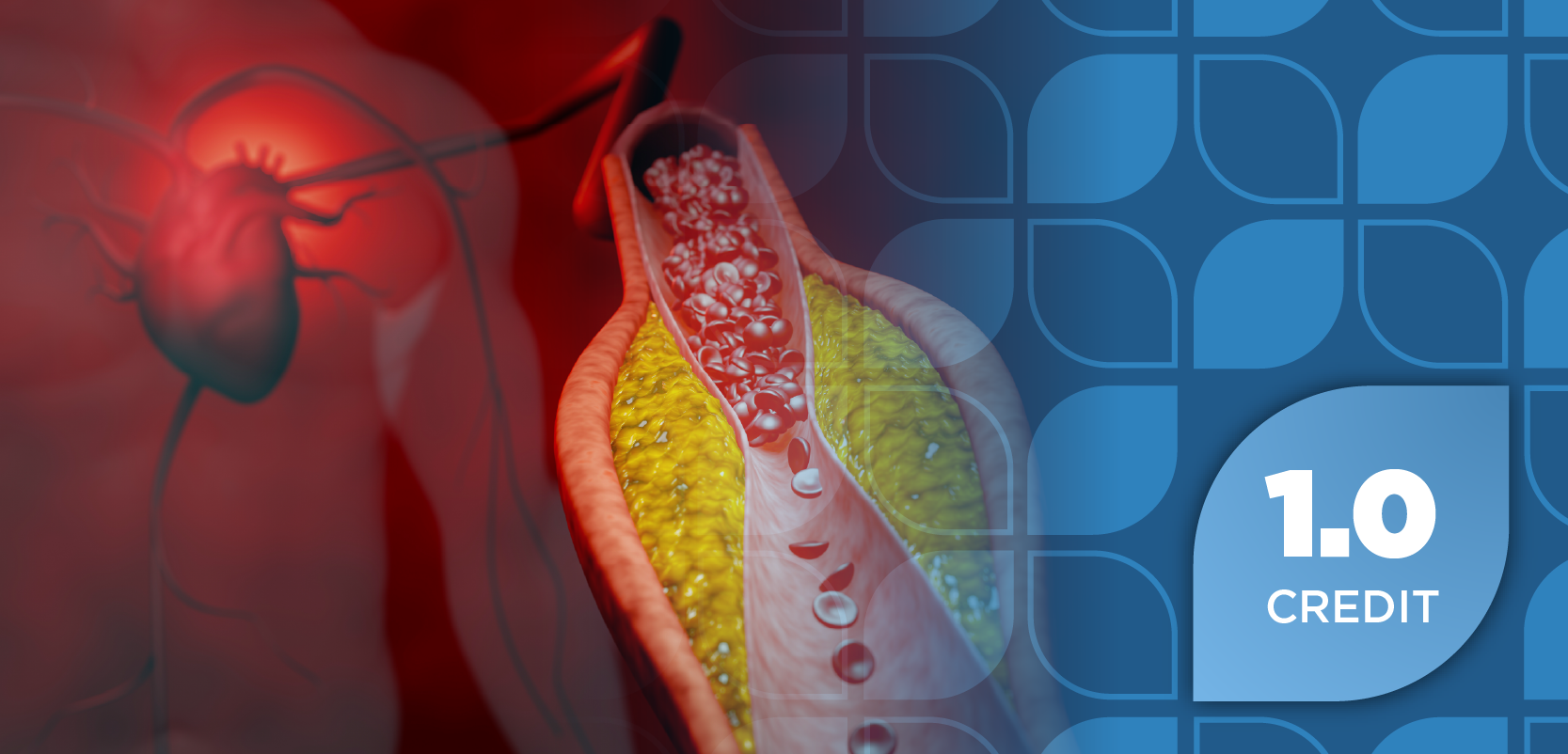
Proinflammatory Cytokines: A Guide to Antibiotic Therapy for Pneumococcal Pneumonia?
A combination of antibiotics shows promise in treating pneumococcal pneumonia, a study finds.
A combination of antibiotics shows promise in treating pneumococcal pneumonia, a study finds.
Of all causes of pneumonia, Streptococcus pneumoniae is the most common cause of hospitalization in adults and the most frequent cause of death. Despite faster diagnosis, new and more effective antibiotics, and improved supportive care, pneumococcal pneumonia’s (PP) morbidity and mortality rates remain unacceptably high; between 7% and 35% of PP patients die.
Studies of adults with community-acquired pneumonia (CAP) have identified inadequate host response as a likely cause of increased mortality. Researchers know that one factor—excessive cytokine response—is associated with severe CAP and poor prognosis, but its specific role has been unclear. Cytokine levels tend to decline rapidly during the first few hours of treatment, raising the hope that inflammatory response modulation might be a mechanism for improving CAP outcomes. Additionally, if different antibiotic classes could be shown to affect systemic cytokine production differently, then antibiotics could be selected accordingly.
The authors of a
The researchers confirmed that an excess of proinflammatory cytokines is associated with poor prognosis. They also confirmed that elevated interleukin (IL)-6 levels at admission and elevated IL-6 and IL-8 levels during the first 48 hours of treatment were strong indicators of poor outcome. Their results concur with a recent finding that laboratory tests measuring indicators of inflammation, specifically C-reactive protein, can further help predict mortality and morbidity.
Predicting morbidity and mortality is important, but it doesn’t answer the key question: What can be done to improve outcomes? This study’s most important finding takes us one step closer to that answer. The researchers found that PP patients treated with β-lactam plus fluoroquinolone had a demonstrably faster decrease in IL-6 in the initial 48 hours of treatment compared with patients who received β-lactam monotherapy. This may be because β-lactam activity at the bacterial level causes the release of cell wall components, which act as potent inflammatory inducers. Adding a quinolone may kill microbes faster and shorten host exposure to microbial products. In addition, fluoroquinolones have intrinsic immunomodulation effects that inhibit production of certain proinflammatory cytokines.
Because of the study’s small size and the lack of a quinolone-only arm to prove the last point, more study is needed.
Ms. Wick is a visiting professor at the University of Connecticut School of Pharmacy and a freelance writer from Virginia.
Newsletter
Stay informed on drug updates, treatment guidelines, and pharmacy practice trends—subscribe to Pharmacy Times for weekly clinical insights.























































































































































































































